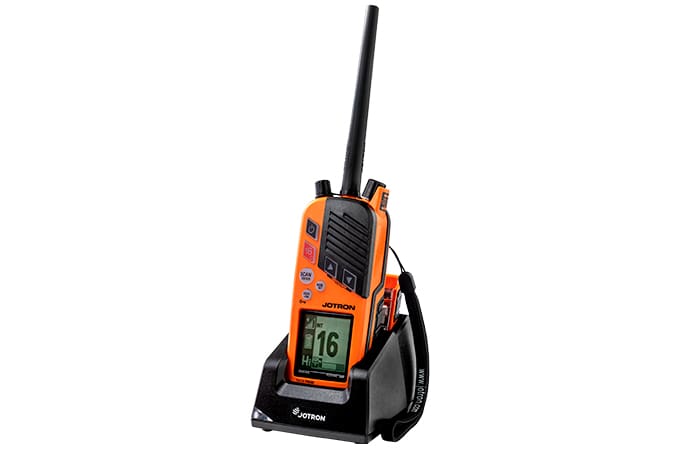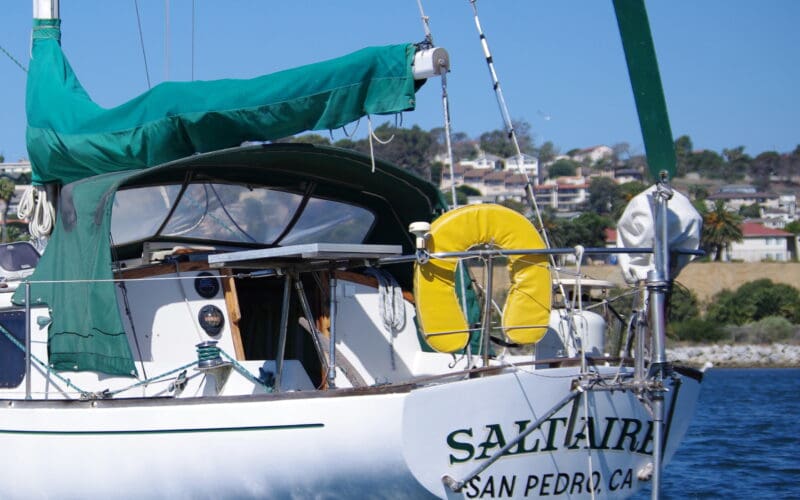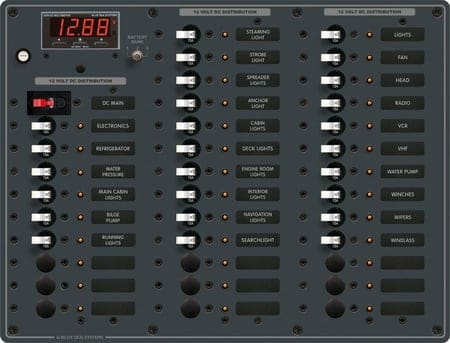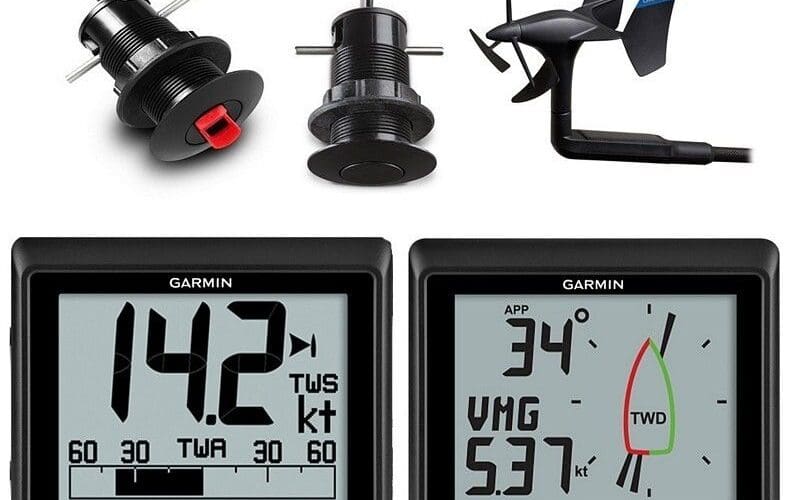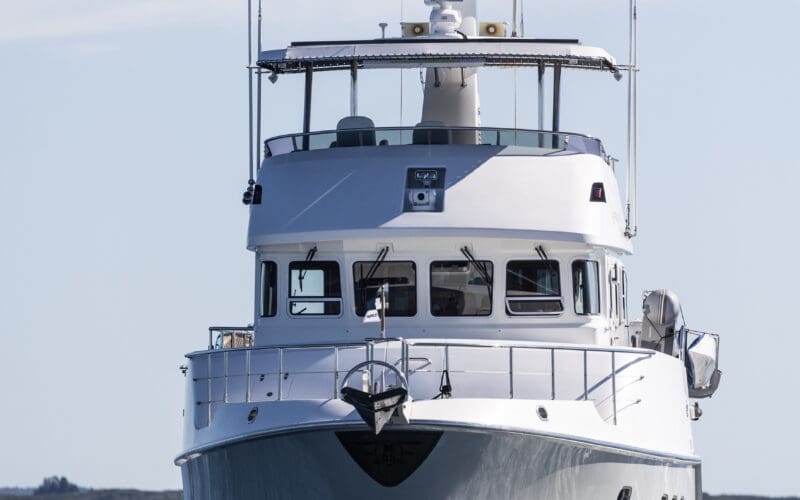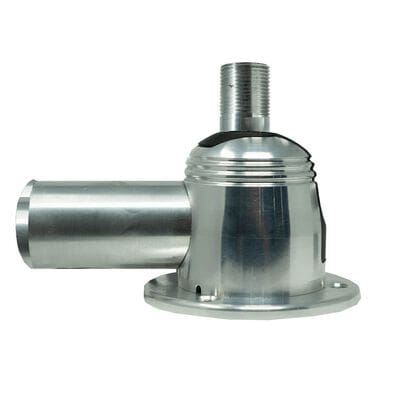12
Jun
A critically important piece of equipment for all vessels, both coastal and offshore is a depth sounder. On many boats, standing watch today means shifting effortlessly through full-color screens showing GPS mapping, depth sounder/fish finder, anemometer, radar and other features through an NMEA 0183, NMEA 2000 or open source network. However, sailors who depend on paper charts and minimal electronics—VHF radio, handheld GPS and a stand-alone depth sounder—are still making successful ocean passages, blissfully innocent of the compulsion, or ability, to spend a fortune on more elaborate systems. Just to refresh our memories, a traditional depth sounder consists of a…

